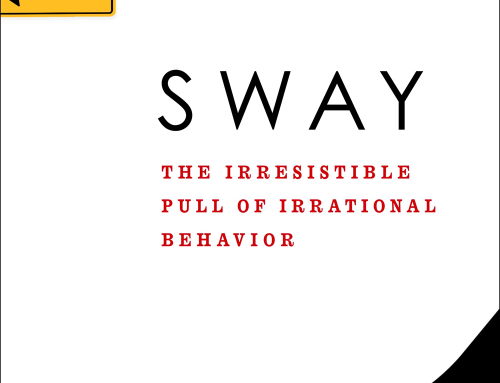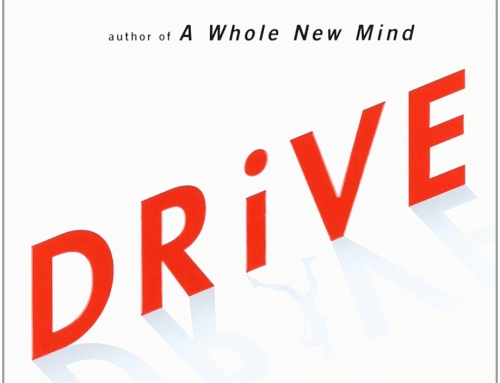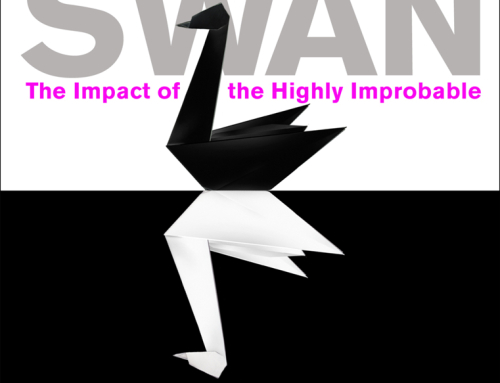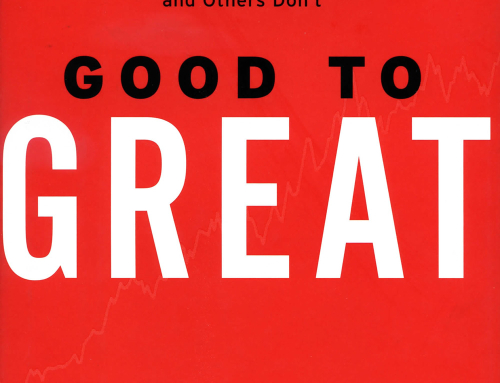Project Description
Subtitle: An Ex-FBI Agent’s Guide to Speed-Reading People
By: Joe Navarro
Notes:
- Commandments:
- Observe environment
- Use all your senses to understand environment.
- Examine what’s normal to understand what is abnormal.
- Observe clusters of tells.
- Observe others without making them aware of it. Be subtle.
- Observe environment
- When people compress their lips together, they feel troubled.
- Aggressive behavior followed by passive behavior indicates weakness.
- Humans freeze when they are faced with danger.
- Feet locked behind a chair indicates stress.
- Ppl hide themselves by raising shoulders or not making eye contact.
- When someone touches their neck or lips, they are stressed or lying.
- Men prefer to touch the face, women touch the neck, hair, jewelry, etc.
- Micro guesser are very telling.
Feet:
- The feet are the easiest tell of a person.
- B/c they were the primary means for people to survive.
- Watch children to see their honesty. Feet will go in the direction they want to go.
- Less accurate as you move up the table.
- Feet in an L shape means they want to leave.
- Face is most often the area to bluff. We have the most control over it. Explains out feelings at the time, but the legs show this also.
- Tend to turn toward something that’s agreeable. Including the feet and torso.
- Knee clapse and lean forward means they want to leave.
- When a person looks like they are evading gravity, they are generally happier.
- Leg splaying out shows that ppl are trying to look bigger and is an aggressive move (aka, territorial move).
- Can show aggression without saying it by getting bigger.
- Crossing legs in front of others shows confidence, because they take off less room and are less fearful. Also tilts towards the one the favor.
- Sometimes people match the display of someone else when they are comfortable.
- To see what a person thinks about an introduction, do the following:
- Shake hands, make eye contact, and step back and observe.
- Step towards you is positive. A step away is a negative feeling.
- Predators generally walk on the insider of sidewalks and they lurk around with no purpose.
- During a conversation, any time a person’s foot goes from giggling to kicking, it’s a pretty good indication that they know something negative.
- Foot freeze: if a person is moving a leg and suddenly freezes, they be concerned.
- People interlock their feet and ankles when nervous.
- Liers generally don’t move when they are lying. Freeze mode.
- Feet moving from in front of a chair to under the chair is another concern.
Torso Tips:
- Ppl lean away from things that they find unpleasant.
- If they can’t lean away from each other, they will shield themselves with something: arms, clothing, etc.
- Or lean over to fix their watch, shirt sleeve, or tie.
- Ppl feel cold when under stress. The body is moving blood away from the torso and to the arms and legs in order to help with potential flight.
- That’s why they look pale or in shock.
- Torso bow or clicking heels is a show of respect.
- What we wear will influence others.
- Appearance:
- Make sure to wear clothing that is congruent with what you are trying to explain.
- Before ppl meet, the only thing that can go by is clothing and physical appearance.
- Shoulders:
- High Shoulder shrugs indicate that they have confidence in what they are saying.
- Low shrugs indicate they are not confident.
- Slowly rising shoulders shows a lack of confidence. Turtle look.
- Like a football team that just lost a game.
Arms:
- When excited, we don’t restrict our arm movement.
- Negative emotions make ppl droop.
- Arms behind their back means they are supplier, and they don’t want to make contact with you.
- Positive contact with humans and pets extends life and calms a person.
- Arms akimbo, hands on hips w/ thumbs back is very territorial and strong.
- Hands interlocked behind the head is a dominant poss… Like a cobra.
- Arms are billboards for advertising themselves.
- Tattoos single low status and lower rank. Conceal them to influence others.
Abuse:
- When children are restricted around their parents and they have bruises on their arms, then alert authorities.
Hands:
- We have a natural bias to focus on the hands.
- Use hands more often to be a greater communicator.
- Ppl like to see ones hands.
- Hand shake:
- Don’t cover the top of hands with other hand when doing the hand shake.
- Steepling the hands shows confidence and conveys an important point.
- Great for interviews.
- Thumbs up / out of jacket or pants is a high confidence and high status display.
- Fingers out and thumbs in is a low status display.
- Will never see a leader with their thumbs in their pockets
- Natural thumbs displays show happiness and confidence.
- Hand ringing indicates doubt.
- Neck touching is a universal indicator of stress.
Face / Neck:
- Restricting the pupils will indicate stress.
- Scwinting of dilating pupils sharpen vision and help them to focus on something.
- Low eyebrows is a cowering behavior. Sign of weakness.
- Wide eyes are a sign of good feelings. Opposite is also true.
- Gazing off in the distance shows comfort.
- It also clears your thoughts or helps to process a feeling.
- Focusing on the interviewer shows interest in the position.
- Eye blink rate increases with stress.
- Lip pursing indicates stress.
- Sneering indicates that a relationship is troubled or terminating.
- Distinct sign of disrespect for the other person.
- Licking lips is a sign of insecurity.
Detecting Lies is Difficult
- We learn to lie so early, that we get better at it.
- Be as comfortable as possible when asking questions of suspected lier. This will help to ease them vs. putting up barriers to defend themselves.
- Ppl will mirror each other.
- Ppl speaking the truth are generally more comfortable than ppl who are not.
- Don’t put any objects between you and the other person so you can observe them.
- Holding a smile too long or blinking too long is a mask of stress.
- Liers sometimes increase eye contact.
- Good interviewers take their time. They wait to observe all the reactions.





Leave A Comment